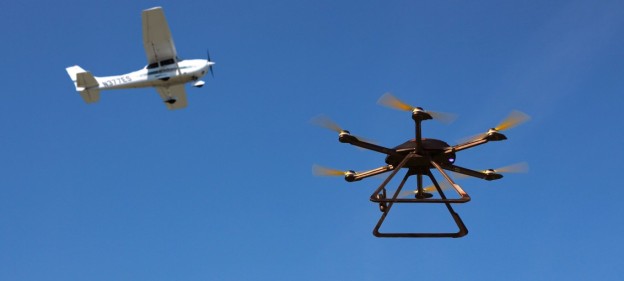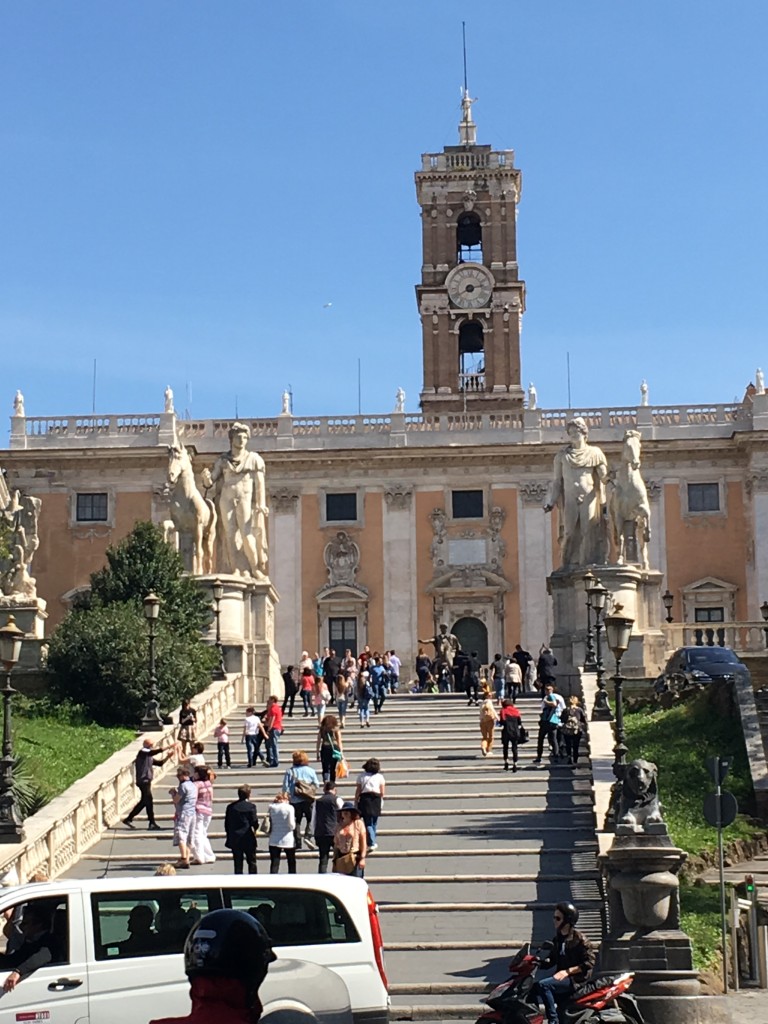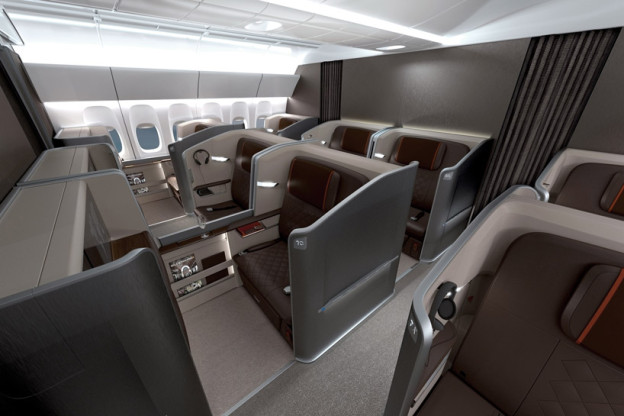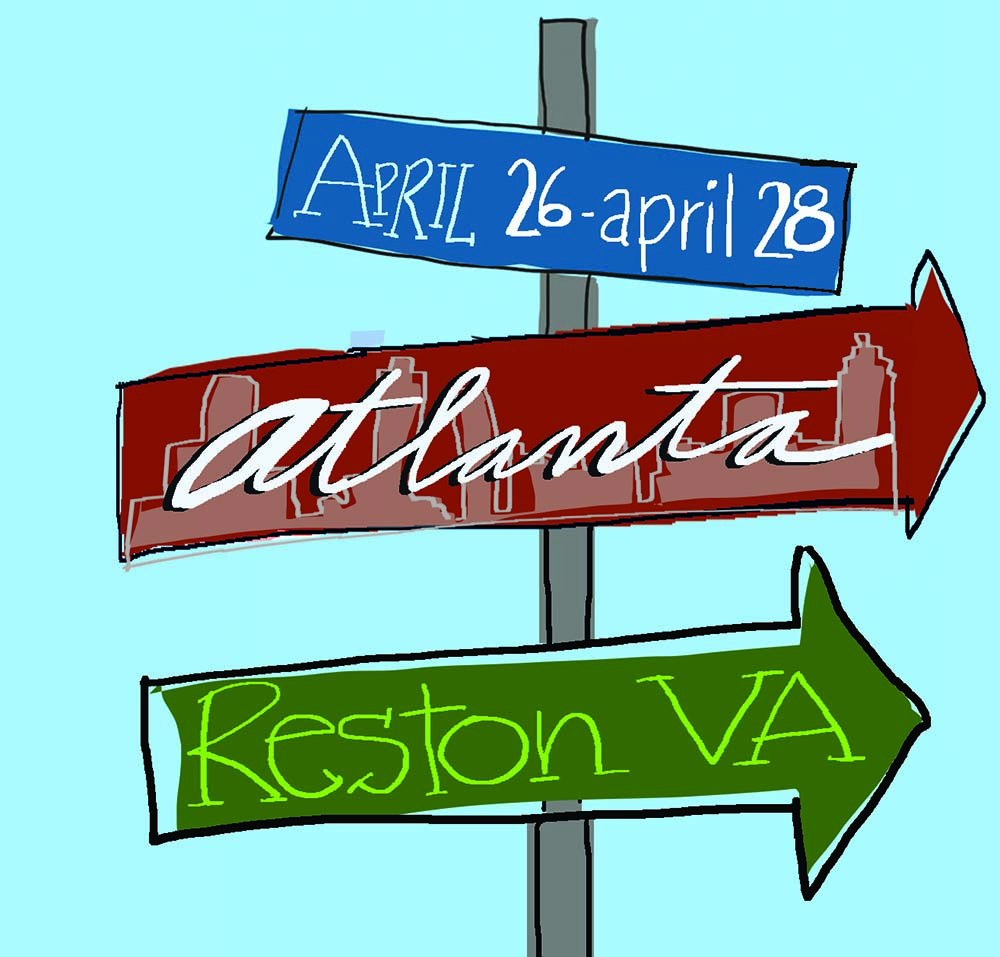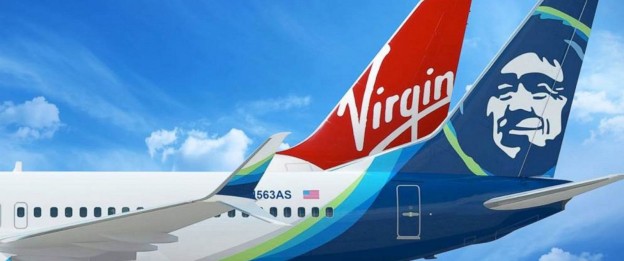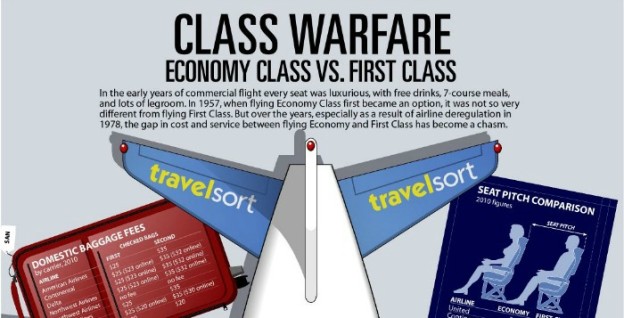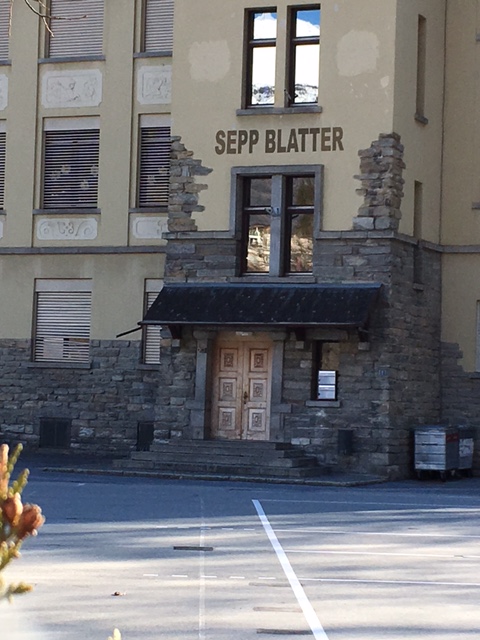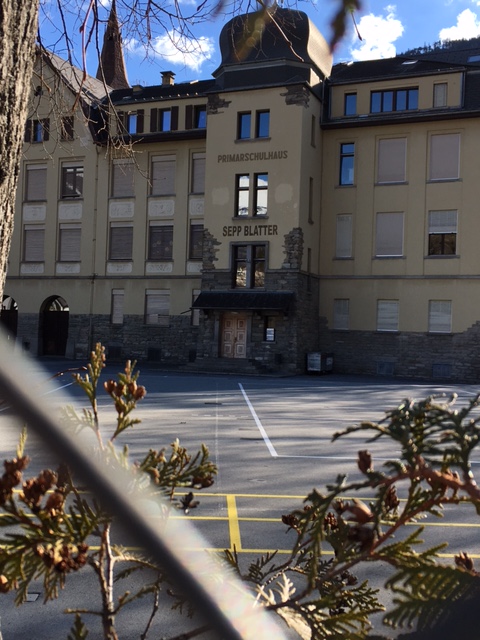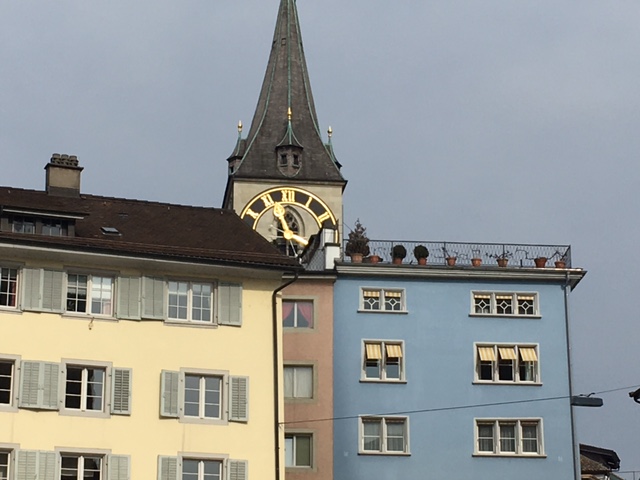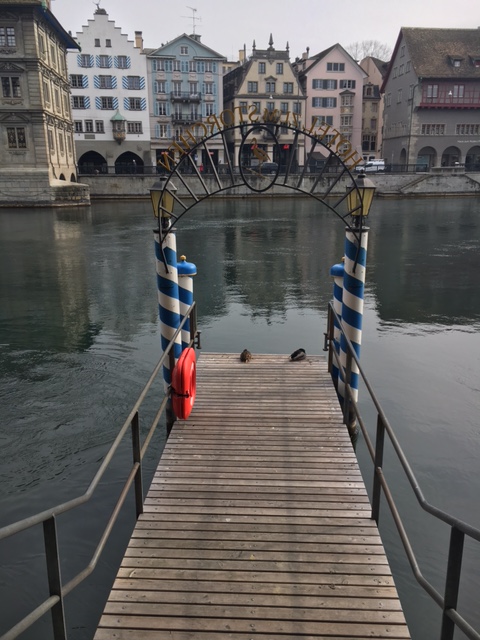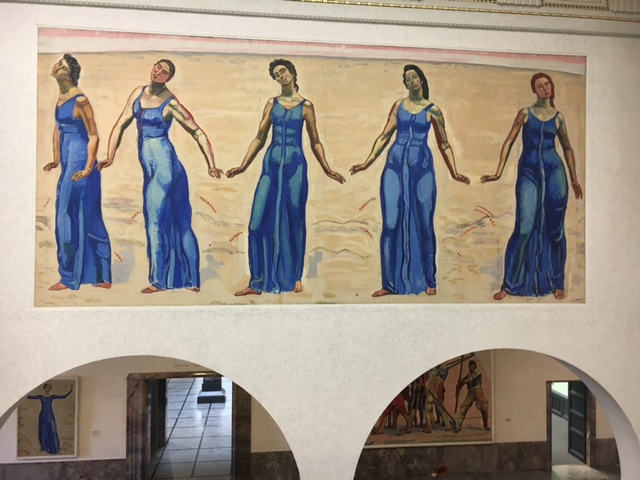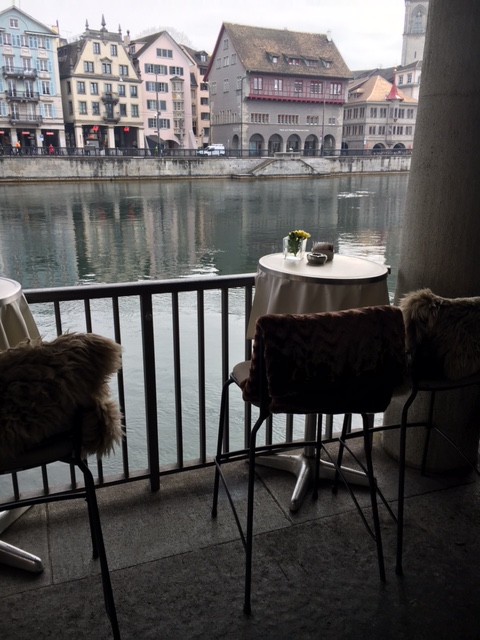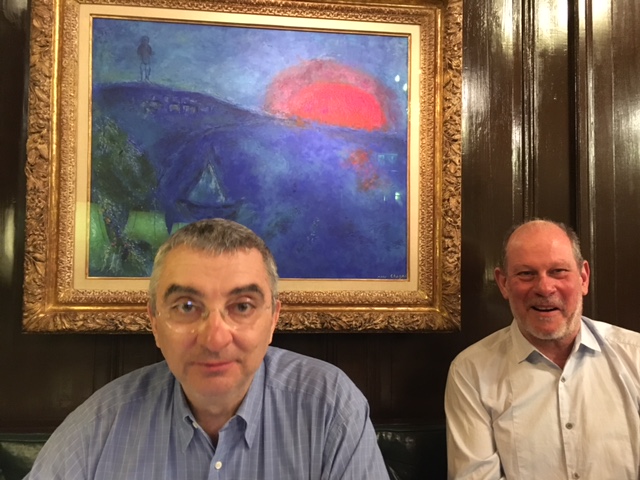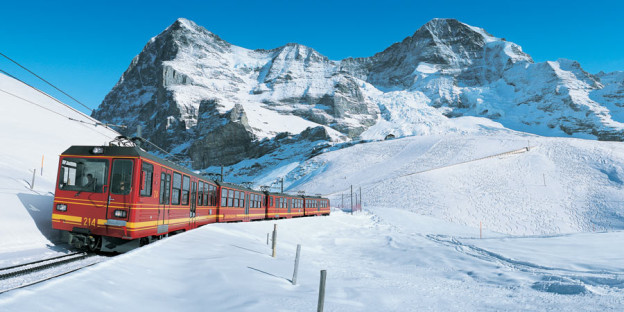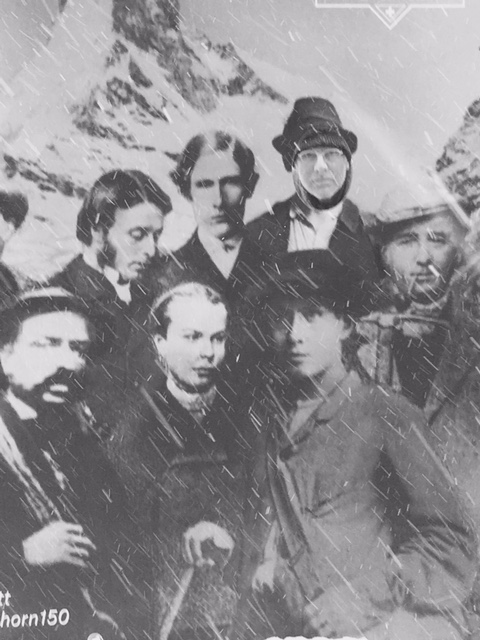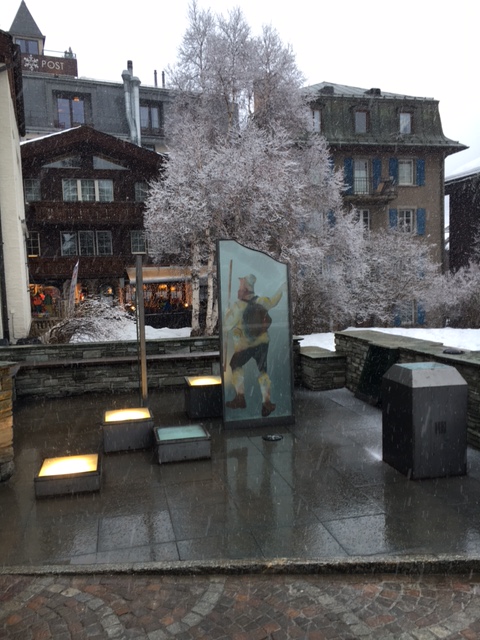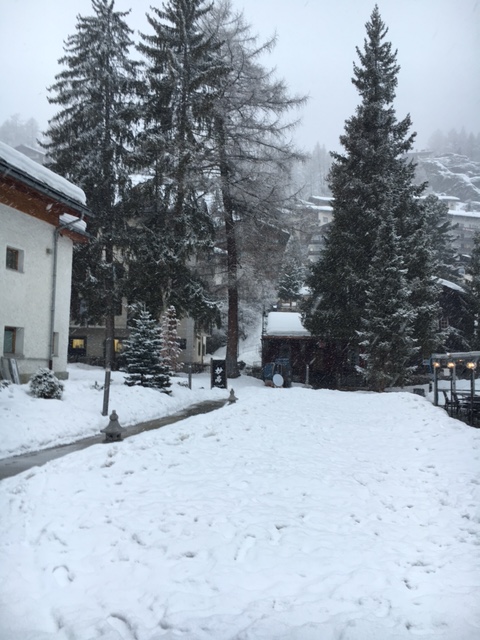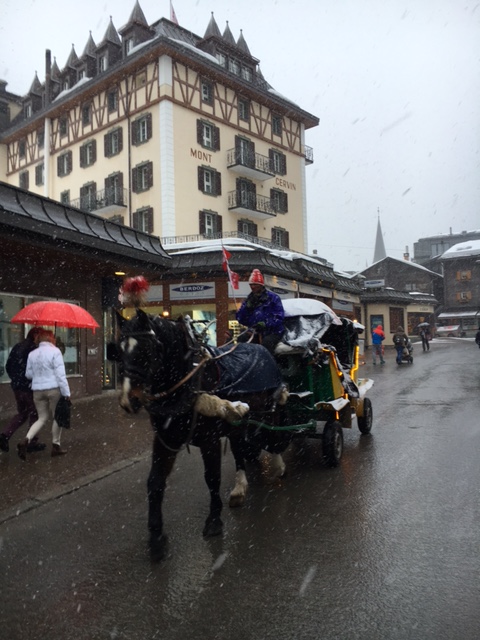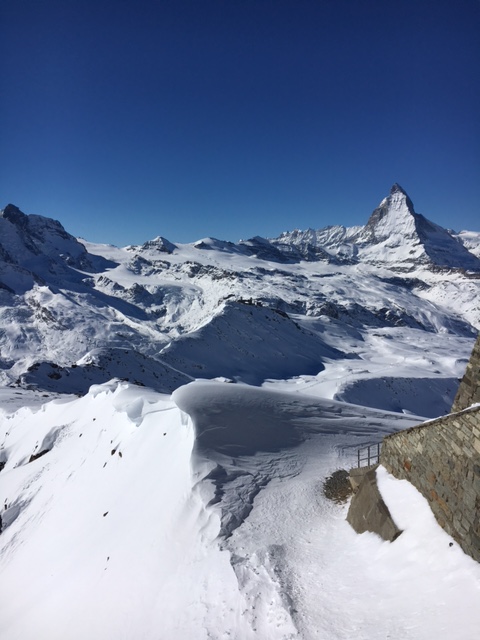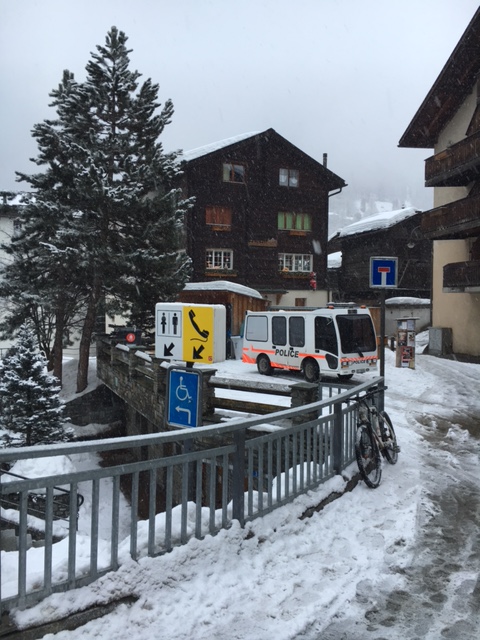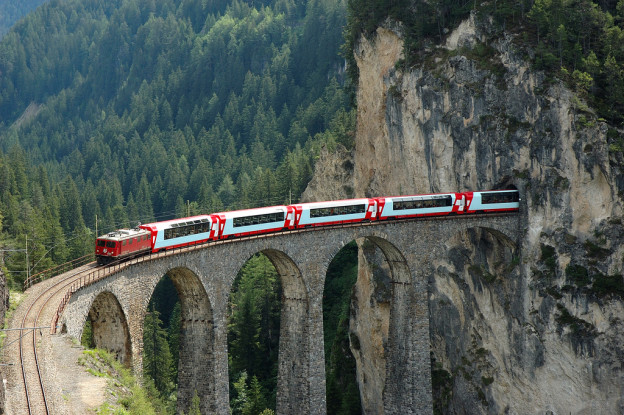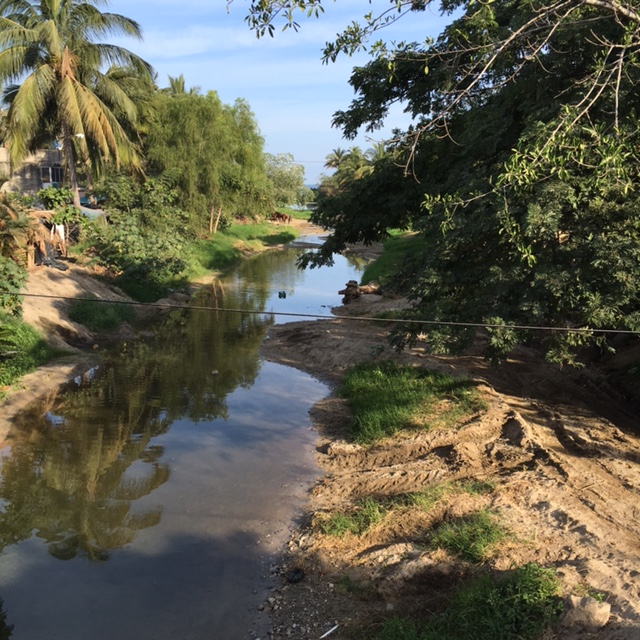Let’s face it; flying is not what it used to be.
We pile into a tube, we wait sometimes for an hour on the runway, and we hover with trepidation over a busy airport waiting to land. We do all of that increasingly on a jammed plane with no empty seats available for breathing room and staff that appears to care less and less about customer service. Then add to that the natural fear of flying that lots of people have.
My daughter, for example, is in a perpetual state of angst for the entire flight. My mate Sergio in Italy who flies all over the world has to close his eyes taking off. It’s understandable. When you think about it, it doesn’t seem natural that we are all sitting in a metal object watching videos and having a beer at 35,000 feet in the air knowing that this thing weighs, without the 200 passengers inside of it, about 770,000 pounds! So that adds a minimum, judging by today’s girth issues, another 40,000 to 50,000 pounds with the luggage! And there are only two engines that our lives depend upon!
Of course, it’s good to know that the incidence of imminent danger on an airplane is less than driving a car, walking to work, taking the train, or riding a bike. I get that but it still feels a bit weird. And then I read that with the increased sale of consumer drones, there is the ever increased likelihood that there will be an accident involving a drone and an airplane.
Consumer drones? Are you kidding?
In fact there was a drone incident just the other day at Heathrow Airport in London. A British Airways flight coming in from Geneva hit by a drone as it came in to land. Thankfully nothing happened but do we really need this kind of toy in the hands of casual consumers? It’s bad enough when a flock of geese gets sucked into the jet engines when the plane is landing or taking off. But to have a drone hit an aircraft either accidentally or not is alarming.
Let’s discount the isolated incidents of pilots who carry hangovers on the plane (thank goodness for the breathalyzer!) and the occasional crazy passenger who creates havoc with the flight attendants. Let’s not even mention the occasional flight attendants who create havoc with passengers! But seriously, who needs drones? The news that my son-in-law law just received a drone from his dad wasn’t reassuring either!
Let’s get drones back to what they are meant for….oh hang on….killing lots of people in faraway places without risking too much collateral damage. I’ve taken it off my Christmas list to Santa!
Image courtesy of http://aviationbuzzword.com/you-can-now-file-a-flight-plan-for-your-drone-operations-to-alert-nearby-pilots/

